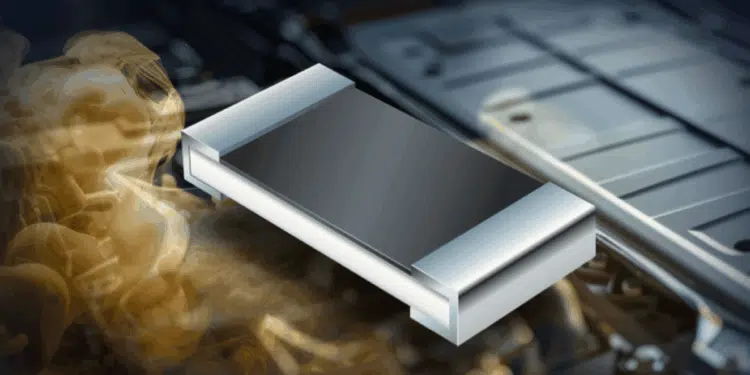Bourns, Inc., a leading manufacturer and supplier of electronic components for power, protection, and sensing solutions, announced its AEC-Q200 compliant, automotive grade CR01005A-AS Series Thick Film Resistors.
An extension to the Company’s popular CR-A-AS Series, these new resistors feature an extremely small package size (0.4 mm x 0.2 mm x 0.13 mm) and have a sulfur-resistant design (ASTM B-809).
The series’ enhanced resistance to corrosion-related failures significantly helps to improve system stability, reliability, performance and robustness, while also minimizing potential downtime.
The features and ultra-compact package offered in the CR01005A-AS Series enables customers to further miniaturize their electronic designs without compromising performance or reliability.
It also allows for greater component density on PCBs, freeing up board space for additional functionality or to reduce overall device size. Other features include a resistance range from 1 Ω to 1 MΩ, a resistance tolerance from 1 to 5 percent and a minimum TCR of ±200 ppm/°C.
The feature benefits designed into the CR01005A-AS Series make it ideal for applications requiring miniaturization, high reliability, and the ability to operate in certain harsh environments such as in various transportation industry applications, wearable devices, smartwatches, fitness trackers and smartphones.
The Bourns® CR01005A-AS Series is available now and is RoHS compliant and halogen free.






























